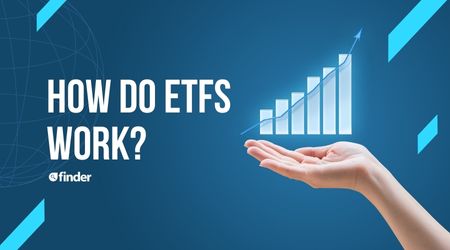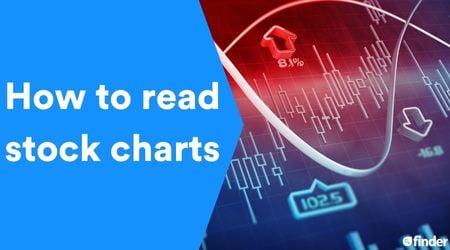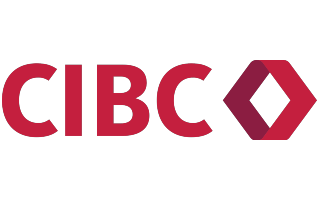Besides being an ingredient in sushi, soybeans are used to make soy milk, vegetable oil and feedstock. You can invest in soybeans in different forms including beans, oil and meal (coarse flour). Most investors opt for soybean futures, but you can also invest in futures options, exchange-traded funds (ETFs) and companies that deal with soybean-containing foods and products.
Why invest in soybeans?
Soybeans are a commodity. Because they are used to make staple pantry products and animal feed, they continue to have demand even when the market is struggling, which could make them a good investment. Of course, with the recent coronavirus outbreak, it’s at a relatively low price. But it’s expected that this will recover towards the end of the year.
What are soybeans and what are they used for?
You might be more familiar with soybeans with their Japanese name, “edamame.” These are often offered in sushi restaurants—delicious with a sprinkle of salt and a little soy sauce! Soybeans aren’t just used for food, though. Oil can be extracted from soybeans and used to make vegetable oil, margarine and shortening, which many people have in their cupboards.
Soybeans is also made into a coarse flour, or meal, which can be used to feed poultry and livestock. It’s also used to make protein alternatives and soy milk. On the industrial side, it can be found in paint, resins, plastics and biodiesel fuel.
The majority of the global supply of soybeans comes from the United States, Brazil and Argentina. Soybeans are the third largest field crop in Canada based on the amount of cash income and direct program subsidies that it generates.
How can I invest in soybeans?
There are 4 main ways that you can invest in soybeans:
- Buy soybean futures
- Buy soybean futures options
- Buy soybean exchange-traded funds (ETFs)
- Buy stocks in companies that deal with soybeans
Buy soybean futures
What are futures contracts?
This can work in your favour, if you buy the futures contract while the prices are low and they increase before the agreed date, then you make a profit. It can also go the other way, though!
To buy soybean futures, you agree to buy a set number of bushels of soybeans at a set price. On the date of expiration, the transaction is made.
Upon expiration of the contract, you’re often required to actually receive the delivery of soybeans, so (unless you’re hungry or own a sushi restaurant or otherwise have a need for a ton of soybeans), you’d need to exit your position prior to this.
Buy soybean futures options
Futures options give you some of the benefits of buying soybean futures, without getting any soybeans delivered to your home. Futures options are the right to buy or sell futures in a specific time period at a set price. Options can be traded, and become worthless if they aren’t used.
Buy soybean exchange-traded funds (ETFs)
Exchange-traded funds are a popular investment choice. They’re aimed at tracking the performance of an asset, in this case, soybeans.
ETFs can be traded on an exchange in the same way you could trade equities on the stock exchange.
The main soybean ETF is Teucrium Soybean (NYSEArca: SOYB), which is a fund aimed at giving direct exposure to soybeans without futures contracts. It can be purchased on the NYSE Arca. The Invesco DB Agriculture Fund (NYSEArca: DBA) is an ETF that isn’t solely focused on soybeans but still provides some exposure to the crop.
Buy stocks in companies that deal with soybeans
The following companies deal with soybeans and may be worth investing in if you want to back the products and processes that rely on the crop.
- Burcon NutraScience Corporation (TSX: BU)
- SunOpta Inc. (TSX: SOY)
- Archer-Daniels-Midland Company (NYSE: ADM)
- Bunge Limited (NYSE: BG)
- Bayer Aktiengesellschaft (XETRA: BAYN.DE)
- China Foods Limited (HKSE: 0506.HK)
Compare stock trading platforms
Finder Score for stock trading platforms
To make comparing even easier we came up with the Finder Score. Trading costs, account fees and features across 10+ stock trading platforms and apps are all weighted and scaled to produce a score out of 10. The higher the score the better the platform - simple.
Frequently asked questions
More on investing

What are the best stocks for beginners with little money to invest?
Want to dive into investing but don’t have much to spend? Take a look at these types of stocks.
Read more…
Meme stocks: What they are and examples of popular stocks
Meme stocks can produce large gains in short periods, but the stocks are volatile.
Read more…
How do ETFs work?
Your guide to how ETFs work and whether this type of investment is right for you.
Read more…
How to read stock charts
Learning how to read stock charts and recognize chart patterns can unlock your success as a trader.
Read more…
What are stocks?
Owning a stock means you own part of a company and can potentially grow your wealth. But there is a risk of loss.
Read more…
How to analyze a stock
Learn how to research stocks and find the right investment opportunities in 4 steps.
Read more…More guides on Finder
-
Full guide to paper trading accounts for 2025
How to choose the best paper trading platform to help you learn the ins and outs of investing.
-
How will tariffs affect the stock market?
Find out how the Trump tariffs will impact the stock market and explore Canadian stocks that may be resilient amidst tariffs.
-
What are the best stocks for beginners with little money to invest?
Want to dive into investing but don’t have much to spend? Take a look at these types of stocks.
-
Trading promos & investment account bonuses for 2025
Enjoy perks like free trades and cash back when you open a stock trading account with these online broker promotions.
-
TD Easy Trade review
Use this self-directed trading app to learn the basics of investing with a streamlined app and a number of free trades annually.
-
Best renewable energy stocks
These are the best renewable energy stocks to buy now in Canada.
-
10 best trading platforms and apps in Canada for 2025
Whether you’re a new or experienced investor, these are the best stock trading platforms and apps in Canada.
-
TD Direct Investing Review
Make quick and easy trades using this reputable online trading platform from TD.
-
RBC Direct Investing review
Here’s what you need to know about the benefits and shortcomings of this Big Bank investment platform.
-
Questrade review
Questrade is a leader among Canadian discount brokerages, but is it right for you? Compare fees, features and alternatives here.




